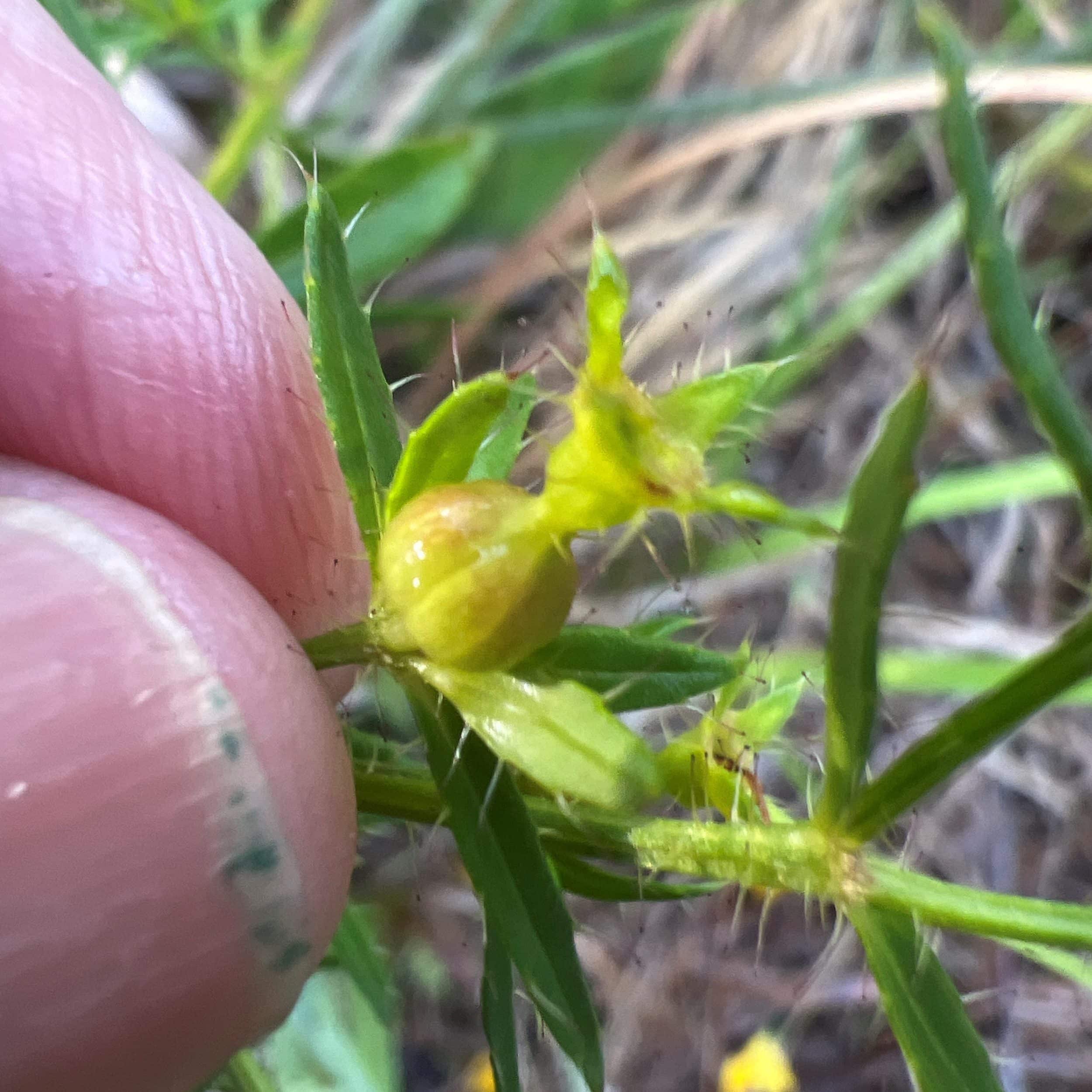Humans are obsessed with the beauty of flowers over other parts of the plants from whence they come. In that way, we are no different than the pollinators that flowers are designed to attract. Sex, after all, is the goal of flowers, helped by insects, birds, and mammals that spread pollen from flower to flower. Seeds are the ultimate prize, and the seed pods that house them can be every bit as beautiful as flowers.
For anyone that has used taxonomic keys to identify plants, flower characteristics define major groups and are often used to identify species. The number of petals, their colors, their shapes, and their orientation are all used – when flowers are present. Leaf structure, orientation on the stems, and other characteristics are also used, but so are the seed pods that hold the promise of future generations.
For many plants, seed pods persist for some time after flowers have faded and fallen, releasing their seeds when the timing is optimal. Even after seeds have been freed, these structures can aid in identification long after the flowers have served their purpose. Winter plant identification guides focus on persistent structures like bark, buds, and seed pods, that can be species-specific.
These structures also make attractive dried elements of flower arrangements or as stand-alone arrangements. There are any number of books that promote seed pods for this purpose, both in a vase or out in a winter garden, where the seeds held in them feed birds in cold weather. Why clean out your flower bed when these attractive pods are the show? These include the dried stalks of many grasses and sedges.
Leaving a no-mow zone of wildflowers and grasses is one of my go-to recommendations for folks wanting to make their yards more bird-friendly. Many of the native grasses and flowering plants have seed pods, large and small, that persist into the winter when overwintering birds feed on this cornucopia of nutritious food. Want winter sparrow in your yard, leave the seeds on the stems where they formed.

Some of my favorite large seed pods include those with distinctive shapes, like the dainty, vase-shaped pods of Meadow Beauties – with fine hairs and vivid colors to boot. Coral Bean pods (title photo) present dramatic texture in their long, twisted hulls that hold brightly colored beans. Nutlets of Witch Hazel, especially after they have let their seeds fly, are also distinctive, as are those of Salt Marsh Morning Glory.
Besides their shape and structure, many seed pods have unique ways of discharging their prizes that can be dramatic. As pods of some beans dry out, tension builds along the seams of the pod, that once released, twists violently, sending beans flying away from the mother plant – hopefully to a place where they will germinate.
One of the most dramatic is that of Witch Hazel. When these pods explode open, the torpedo-shaped seeds fly as far as 30 feet. Other types of seed pods simply open to expose seeds that fall out during rain or blow out with the wind. But with or without their seeds, pods remain for some time, making their plants easy to spot.
So, take the time to notice the pods that develop after the flowers in your garden or on your local trails have faded and fallen. Their shapes can be every bit as interesting and beautiful as the flowers.
Hope to see you in our great outdoors!